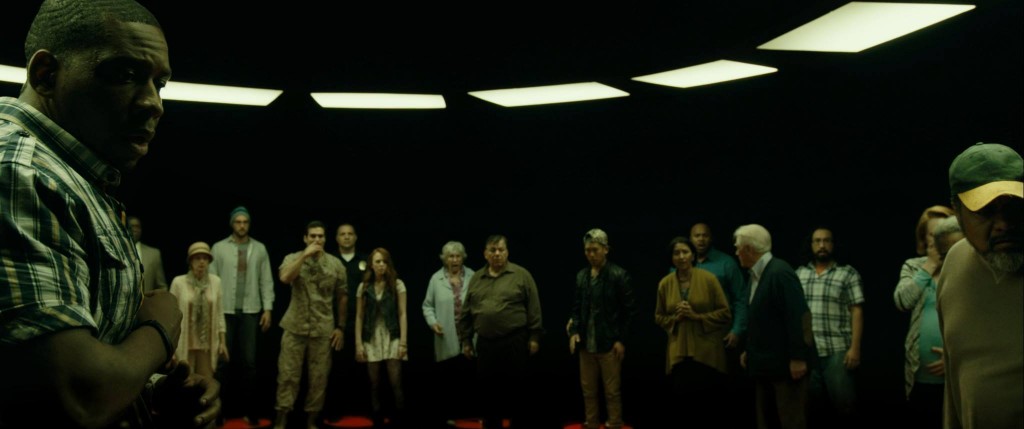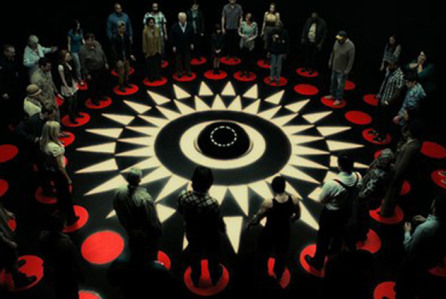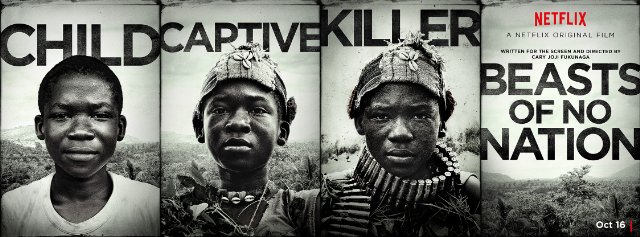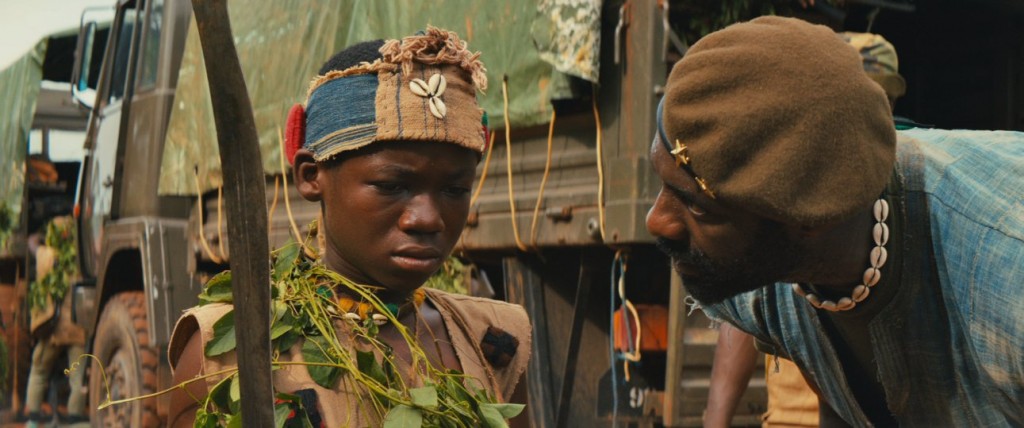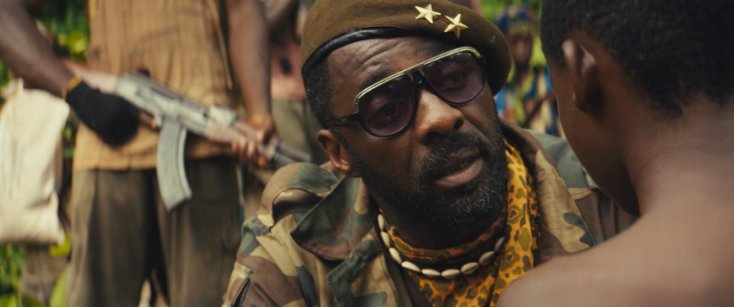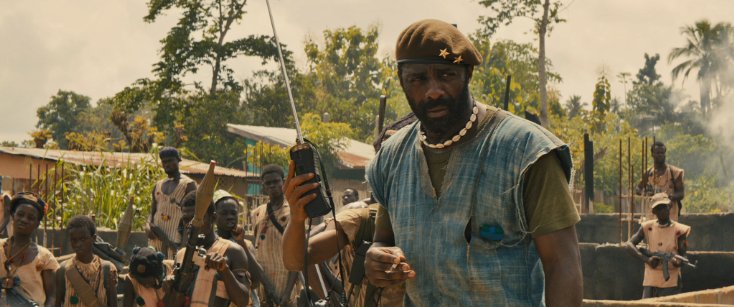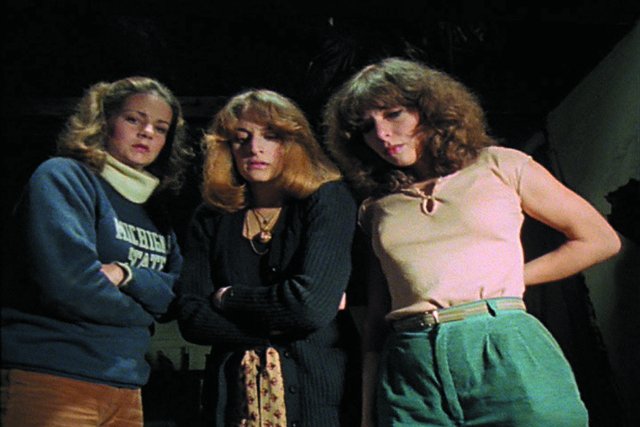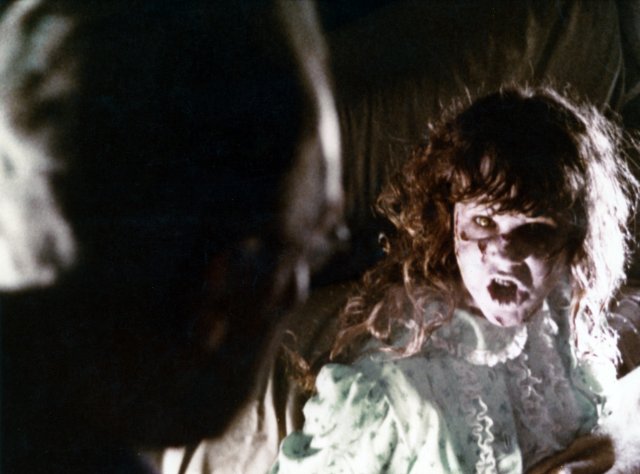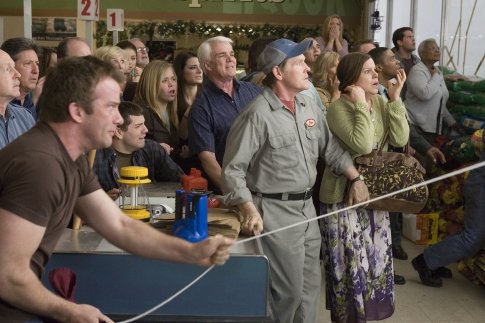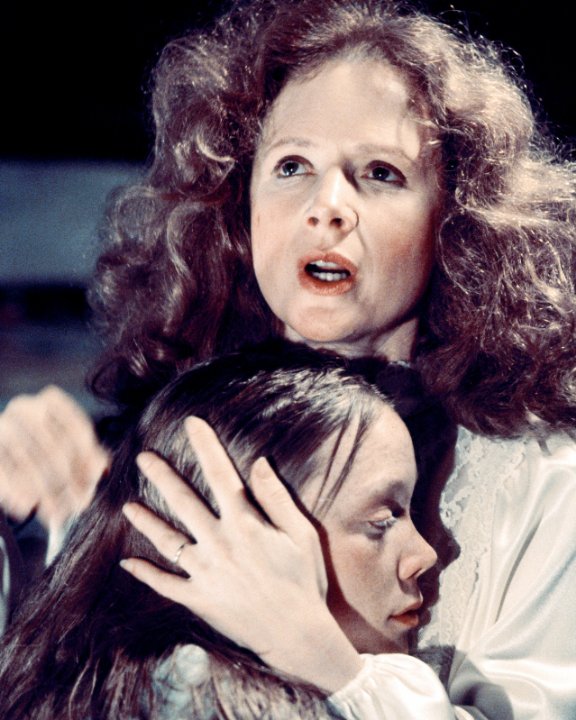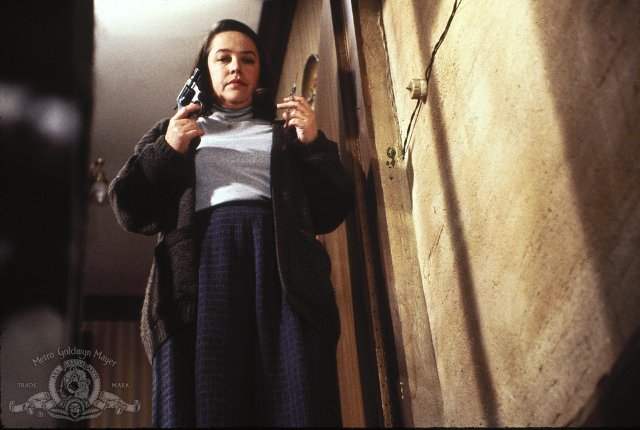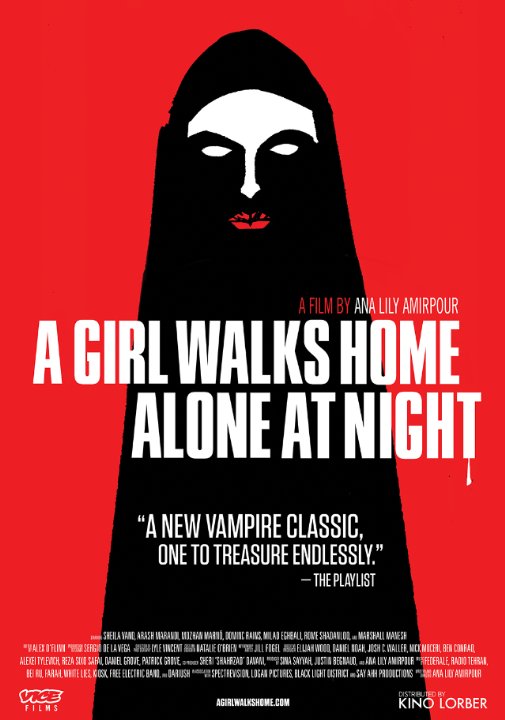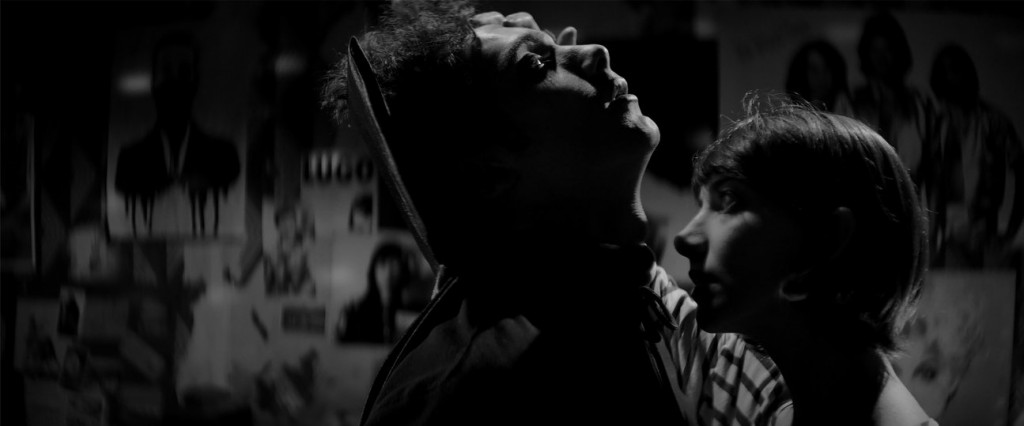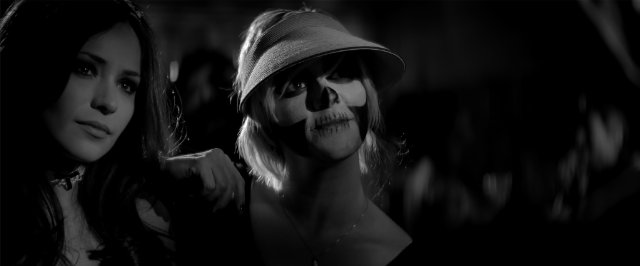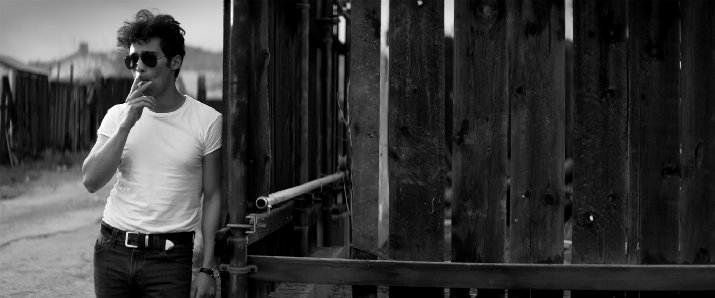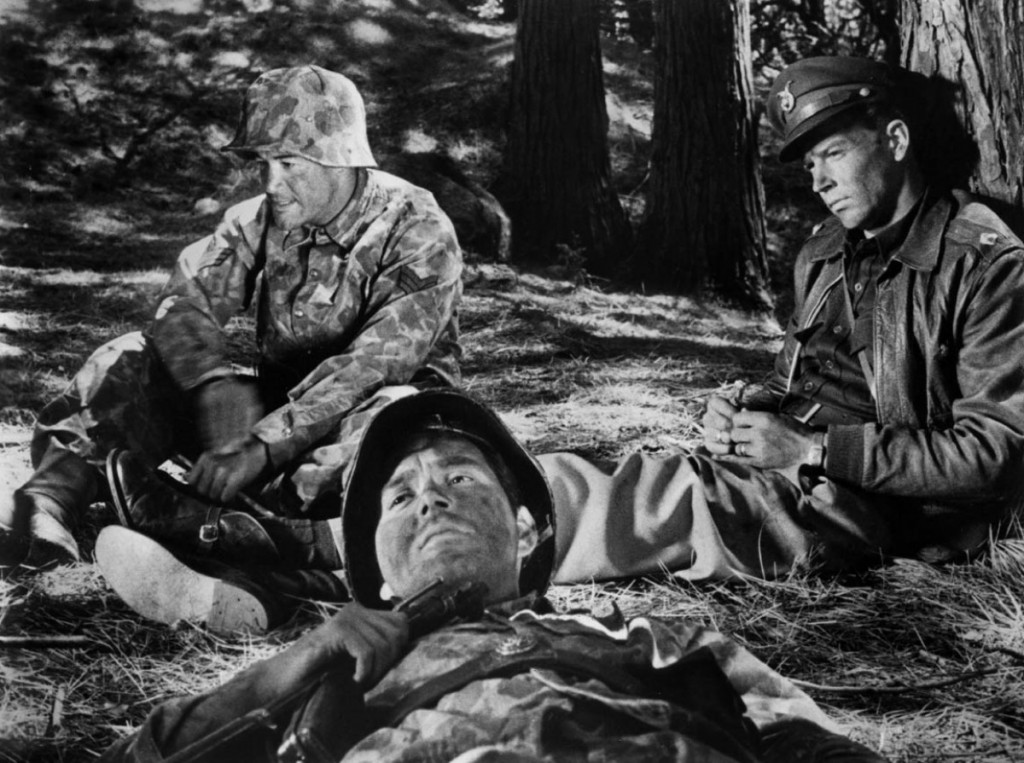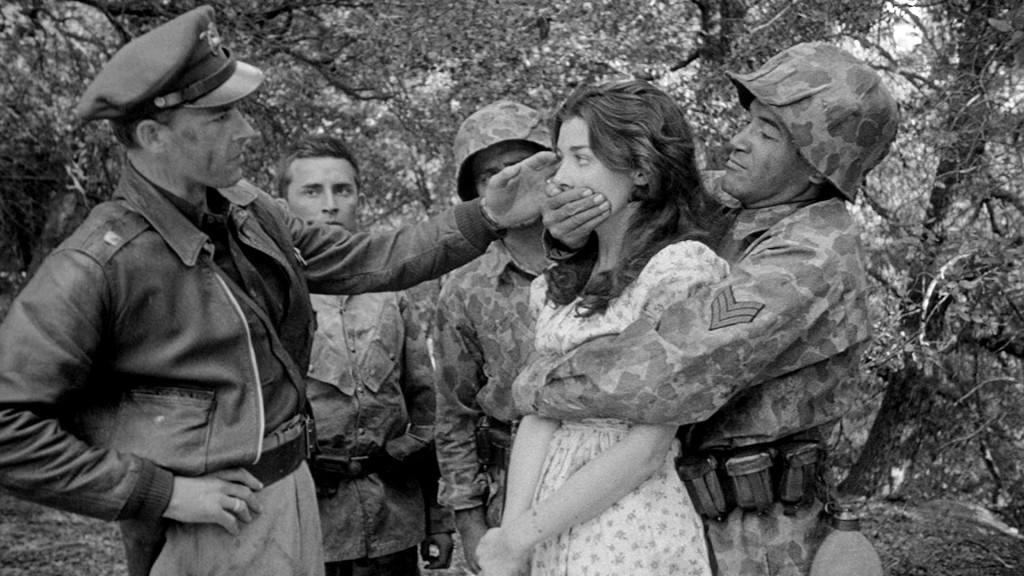Our guest blogger is hobbyist film and TV series reviewer and writer Harry Casey-Woodward. On th-ink.co.uk Harry will be writing a series of posts in which he will be sharing his opinions on things he has watched.
Circle, 2015, dir Aaron Hann and Mario Miscine, 3/5
The plot is simple. A staggering amount of fifty mixed American strangers wake up in a big dark room with an ominous red-lit floor. They are arranged facing each other in a circle. If they leave their spot, they are zapped dead by a mysterious dome in the middle. They then realise there are timed zaps every two minutes (heralded by a drumming sound) killing them off one at a time and that between zaps, they can mentally vote for who gets it next. They are faced with two options: work together to try and stop this fiendish game or decide who deserves to be last person standing.
The explanation offered for their hellish situation is aliens. They have all been abducted and subjected to this highly imaginative, psychologically-torturing experiment. Thankfully the film doesn’t delve too much into this idea. It’s simply used as a quick and swift excuse for the plot. Let’s imagine the screenwriters (who also directed the film) in action:
‘So we’ve got a random bunch of people trapped in this cool but scary game we’ve invented. How do we explain it?’
‘Aliens.’
‘Done. Let’s get on with the plot.’
For as elaborate a set-up it is to have aliens putting humans through some mindless death game for science or kicks, it’s nowhere near as interesting as the characters and their dialogue.
Circle reminded me of two films combined: Saw and 12 Angry Men. I say Saw because this is another film where the script writers shove their characters into a horribly distressing scenario involving some murderous puzzling game, just to see what they’d do and to bounce them off each other to make a story.
As for 12 Angry Men, for those who don’t know it this 1957 movie is about a jury of men from different factions of American society quarrelling over the guilt of a boy accused of stabbing his father. It’s an intense, claustrophobic, emotionally charged drama much like Circle. The characters of Circle are also faced with a similar moral dilemma, except they are forced to weigh up the moral worth of themselves and each other before they get bumped off.
The characters also represent a spectrum of American society. We have students, the elderly, a child, a pregnant woman, a cop, a soldier, a minister, a cancer survivor, a banker: all manner of ethnicities, beliefs and careers. This variety adds chemistry to the plot, for various prejudices raise their heads, exposing the ugliness festering beneath the polite face of Western civilisation.
For example, when it turns out one member of the group can’t speak English, some people clamour for his death simply because he can’t contribute and the one student who can translate for him would merely be slowing them down. Even worse, one or two individuals accuse and victimise him for being an illegal alien. Race, sexuality, age and even jobs are used as excuses and arguments to slaughter people.
Ironically, those that expose their prejudices are swiftly targeted, which brings me onto the manipulative way the film handles its audience’s emotions. I felt a savage satisfaction whenever a dislikeable character got zapped, and then guilt. This is a film about the enormity of taking life, but do the characters and the audience become numbed to the sheer amount of death? Though the characters are stuck in an extreme situation, is it right for them to vengefully target bigots and stoop to their level?
Although there are a few cultural stereotypes (the rich businessmen tend to be the monsters) plenty of stereotypes are challenged and many characters who I thought I liked and understood could change their nature and intentions at the drop of a hat. There are a few noble characters who sacrifice themselves (much to the joy of the more selfish people) but this is certainly one of those films you shouldn’t watch if you want faith in humanity.
When attempts to work together and beat the game keep failing, the characters resort to the easier option of playing along and squabbling over who should be sacrificed in order to buy more time, thus starting a vicious circle. It becomes every person for themselves and there’s even a divide when people realise the child and the pregnant woman will likely be spared to the end. Some people strive to make this happen, while others try to persuade people to get them zapped in order to save their own skins.
So yes the film is bleak, but it’s undeniably thrilling and fascinating. The plot and dialogue is intense and charged, with lots of tension and twists to keep it unpredictable. None of the actors are big names but they make each one of their fifty characters stand out with incredible performances, which really make the film. Their characters’ behaviour feels realistic but they still take you on an emotional rollercoaster. I felt fear, anger and my eyes did get wet at some points, particularly when the terrified child and pregnant woman were on screen. The film works as an absorbing psychosocial exploration of what values different people hold onto when faced with life or death, as well as being a gripping thriller which is tricky to pull off. What the characters say and do still haunt me. I don’t think this got much of a cinematic release but it deserves to be more of a hit. It’s on Netflix so go watch it now. It’ll be interesting to see what the clearly talented writing/directing pair behind this will come up with next.
